- About MAA
- Membership
- MAA Publications
- Periodicals
- Blogs
- MAA Book Series
- MAA Press (an imprint of the AMS)
- MAA Notes
- MAA Reviews
- Mathematical Communication
- Information for Libraries
- Author Resources
- Advertise with MAA
- Meetings
- Competitions
- Programs
- Communities
- MAA Sections
- SIGMAA
- MAA Connect
- Students
- MAA Awards
- Awards Booklets
- Writing Awards
- Teaching Awards
- Service Awards
- Research Awards
- Lecture Awards
- Putnam Competition Individual and Team Winners
- D. E. Shaw Group AMC 8 Awards & Certificates
- Maryam Mirzakhani AMC 10 A Awards & Certificates
- Two Sigma AMC 10 B Awards & Certificates
- Jane Street AMC 12 A Awards & Certificates
- Akamai AMC 12 B Awards & Certificates
- High School Teachers
- News
You are here
Mathematical Treasure: Reuben Burrow’s Article on Indian Mathematics
English mathematician and surveyor Reuben Burrow (1747–1792) worked for Astronomer Royal Nevil Maskelyne before traveling to the East Indies and reinventing himself as an orientalist. He taught himself Sanskrit and focused his research on mathematics. He became an early member of the Asiatic Society and published several articles in its journal, Asiatic Researches. This 1799 article, “A Proof that the Hindoos Had the Binomial Theorem,” was one of the first English language publications to call attention to Hindu mathematics.
The title page and advertisement for this issue of the journal:
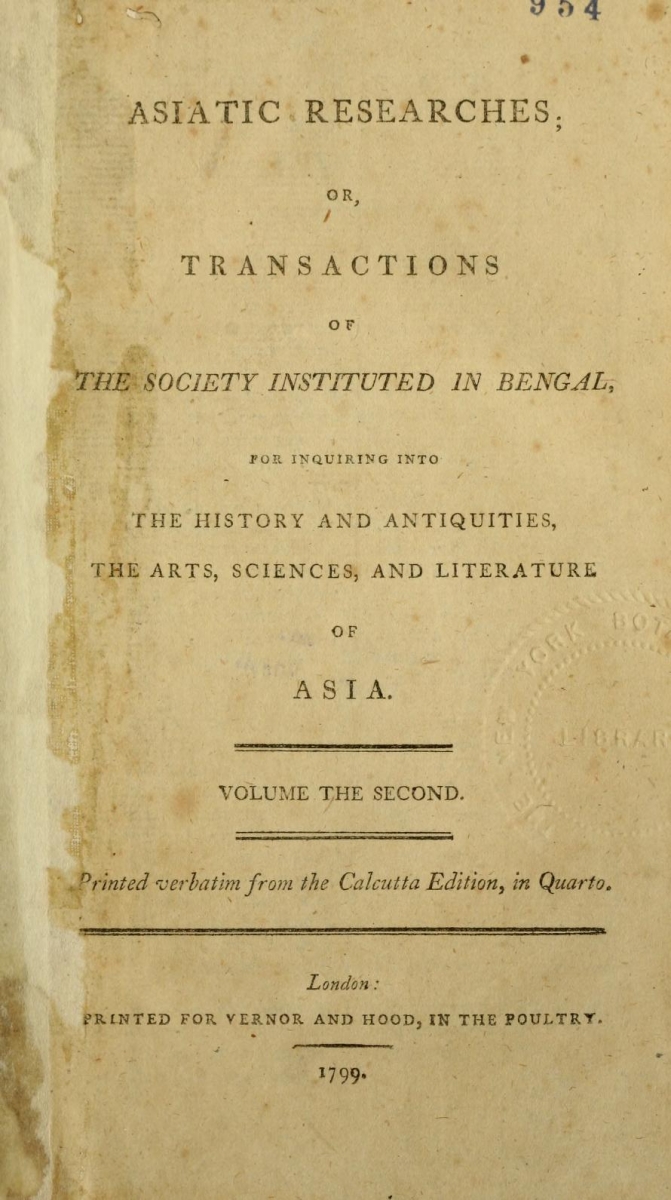
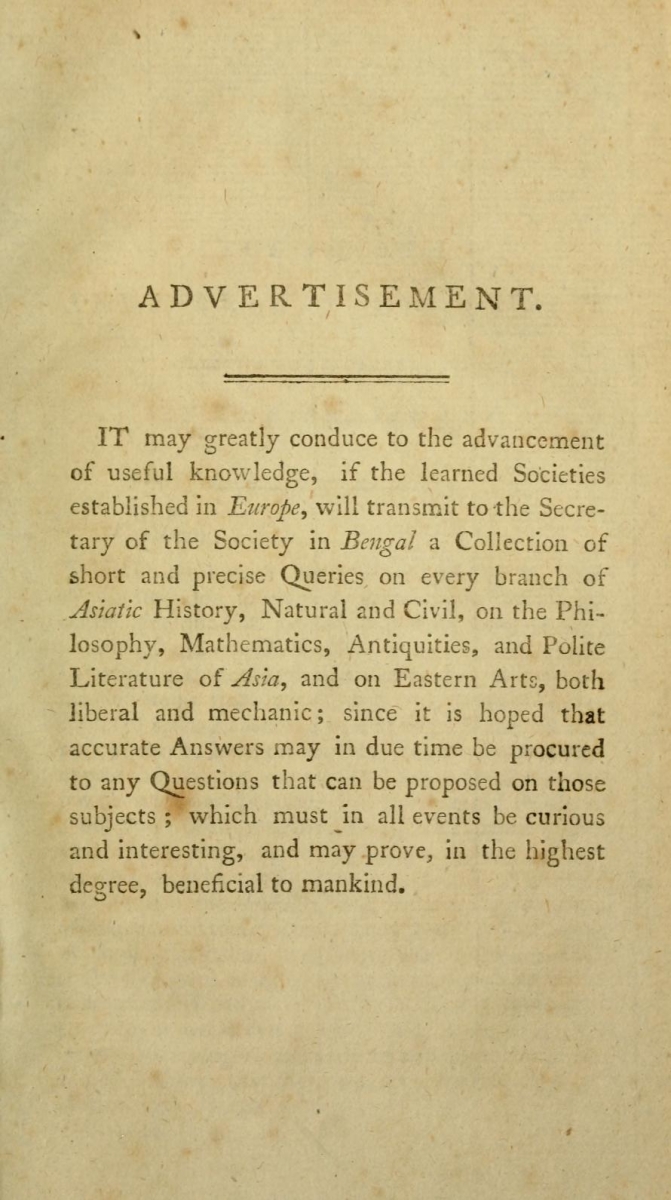
The article is shown in full:
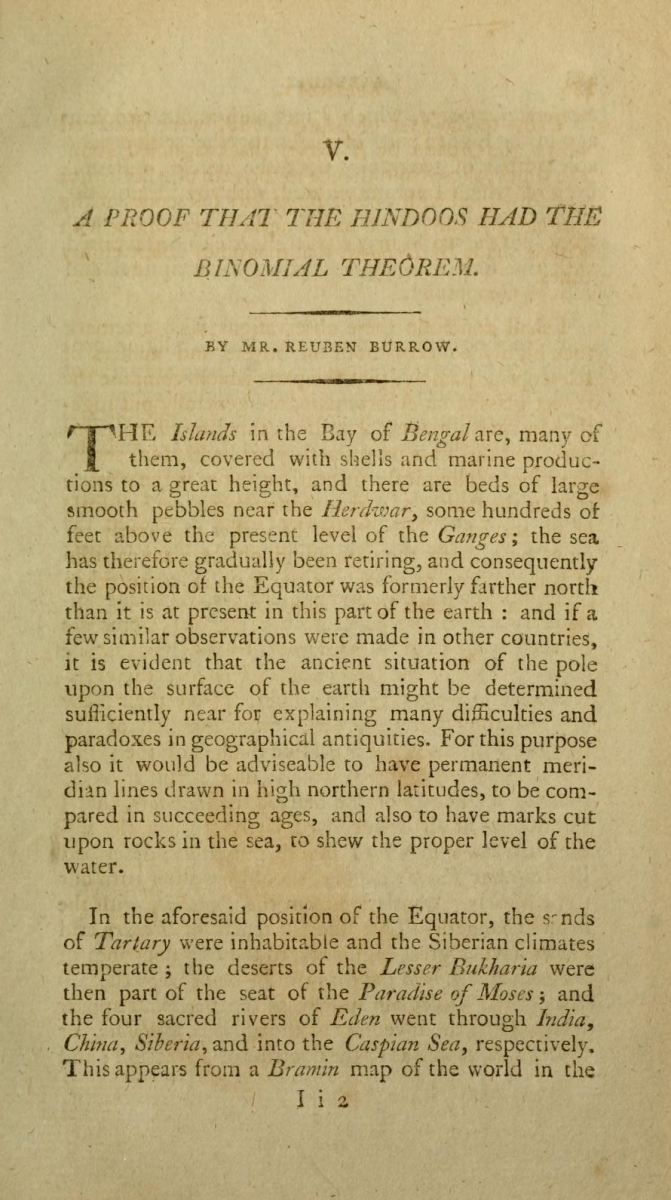
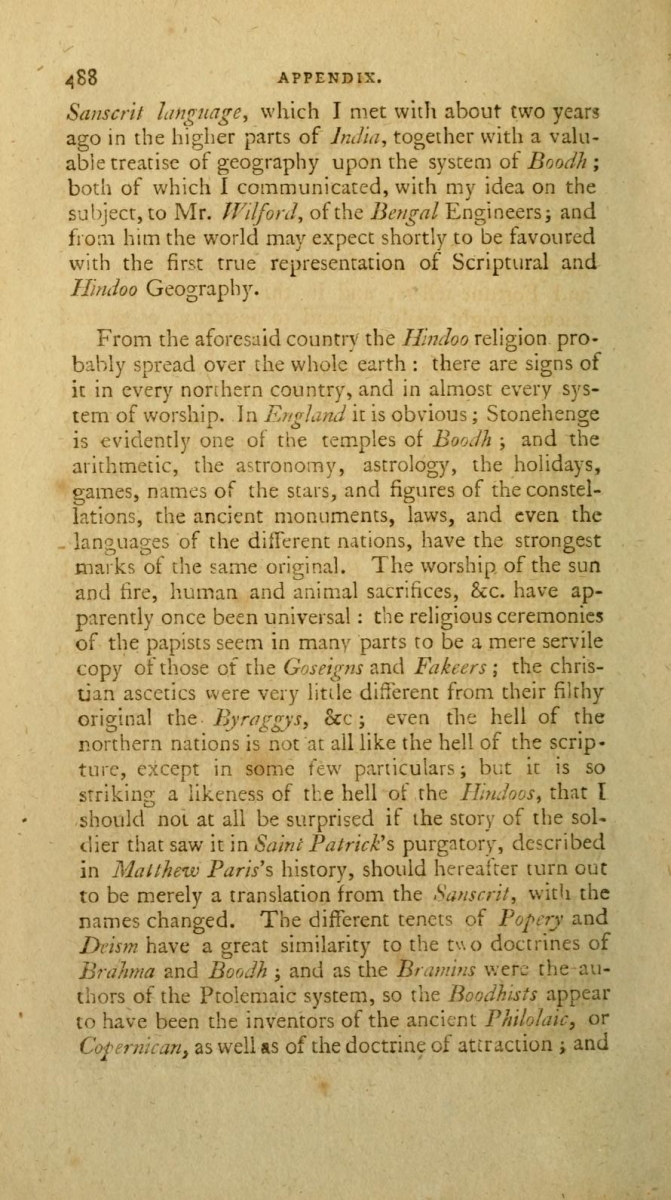


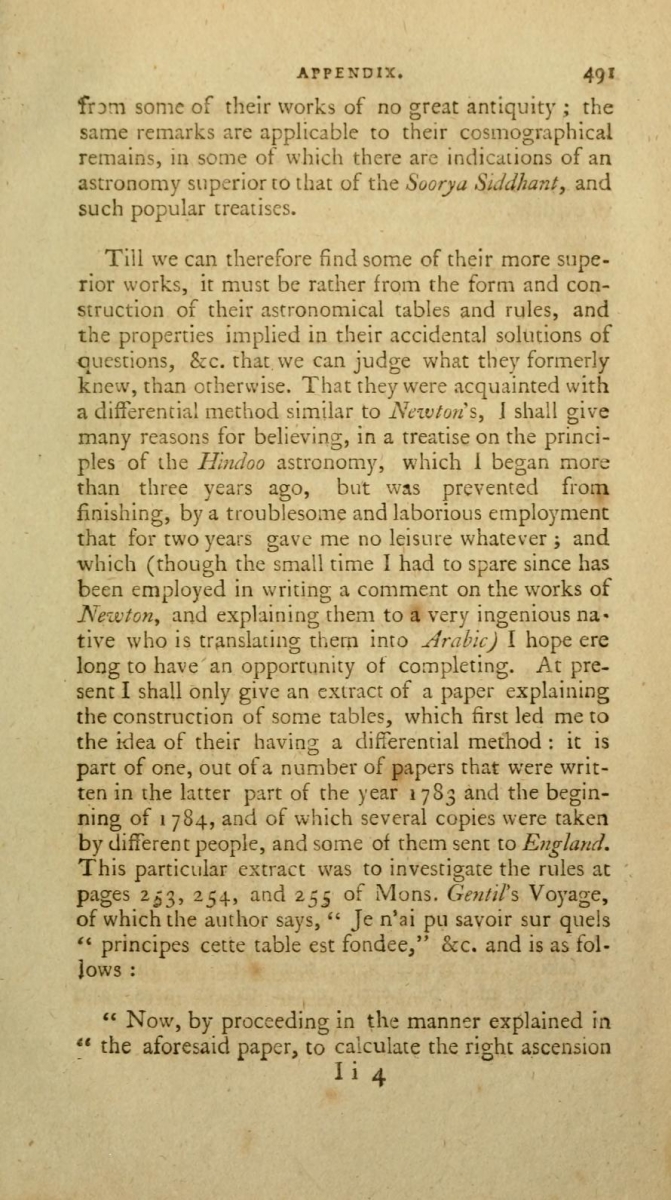
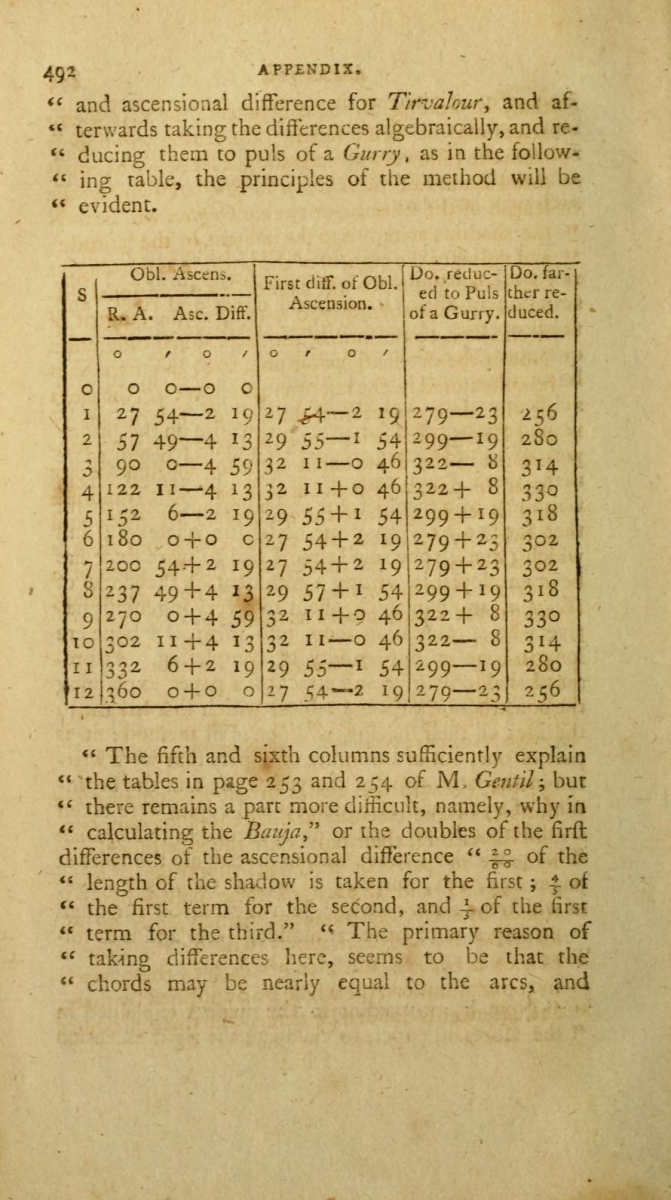

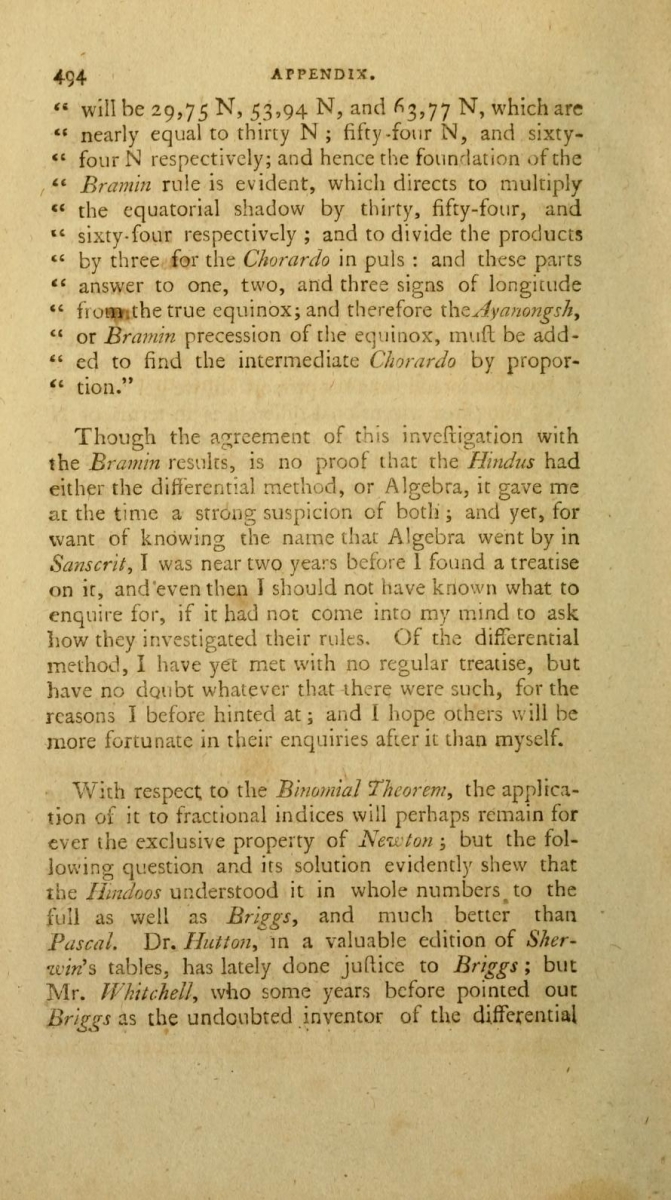
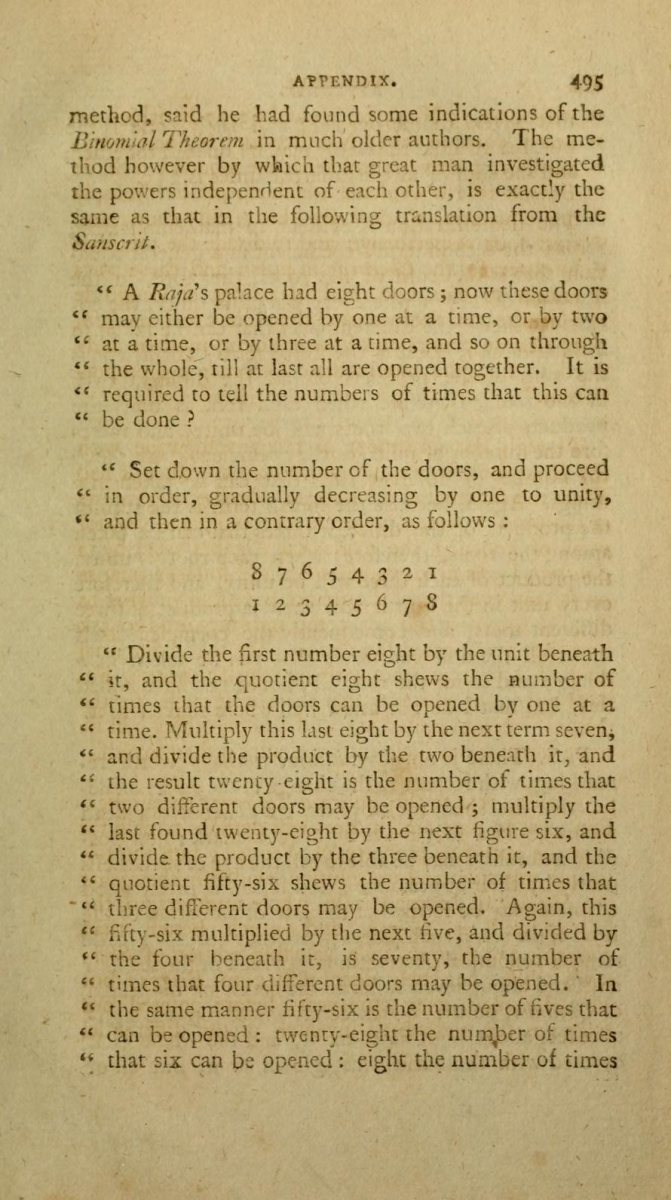
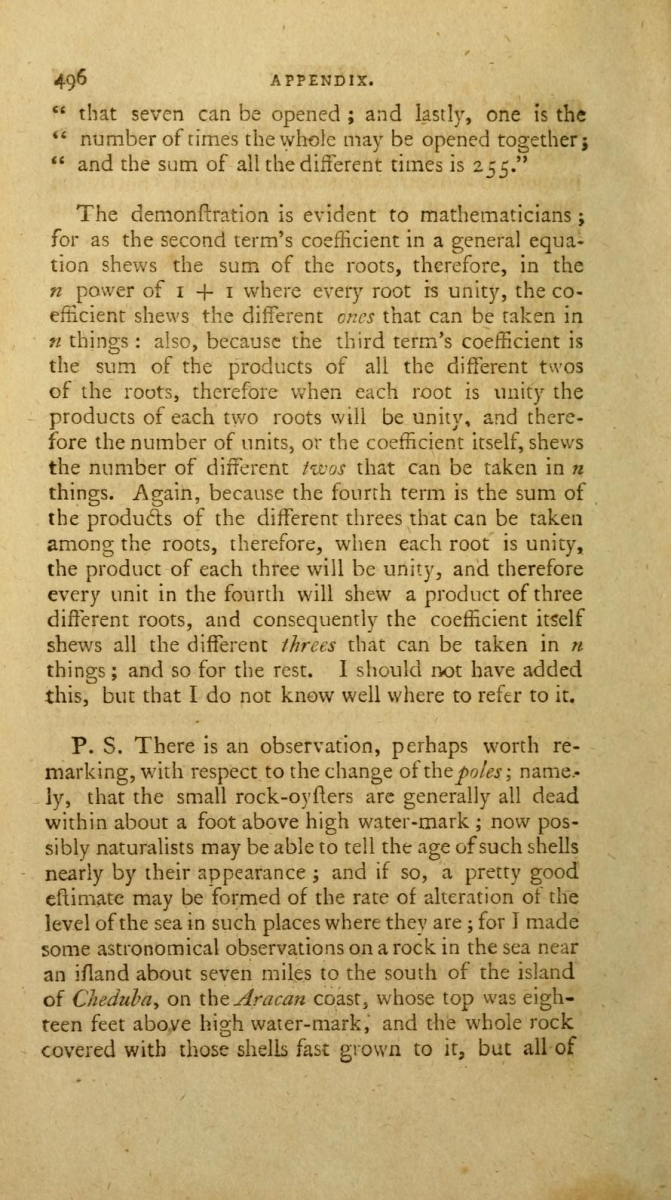
A digitization of volume 2 of Asiatic Researches is available in the Internet Archive.
Frank J. Swetz (The Pennsylvania State University), "Mathematical Treasure: Reuben Burrow’s Article on Indian Mathematics," Convergence (October 2021)




